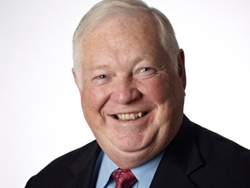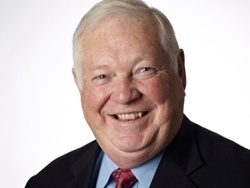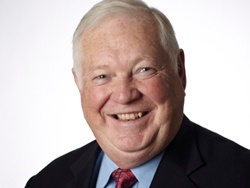


It seems every 12-18 months, a new term will come along. Sometimes it's something new that we ought to do. Sometimes it's something new that we ought to be. In past years we've heard things like customer service is key. It was shoved over to make room for quality. Then the two were somewhat combined into total quality management. And let's not forget reengineering or just-in-time training.
Then we have terms like trainer, internal consultant and performance coach. So the question is who am I? And what should I be? I think the answer is more in the purpose than in the title. Whatever you call me, I believe my purpose is to help the organization get results. I may help the organization get those results through the design and delivery of training that closes performance gaps or provides new skills. I may help the organization through identifying systems or procedures that are inhibiting results and training isn't even an issue. I may provide coaching to someone who is having trouble communicating to a manager, or who is having a problem resolving a conflict. All of those things help achieve results even though not all of them would be called training.
So let's start thinking about what we can do to achieve results, rather than what we (or our departments) should be called. If you want to help your organization(and the people within it) achieve results, pay attention to these things:
The use of all of these will help insure that you help your organization achieve results, rather than simply provide them with training activities. Remember, the descriptive pronoun you use for your job today may not be the same one you use tomorrow—if you’re doing your job well.
This article was re-uploaded from our internal archive.
Don't miss out on updates and chances
to sharpen your skills with participant-centered learning.




3740 N Chestnut St #113 - Chaska, MN 55318-3053